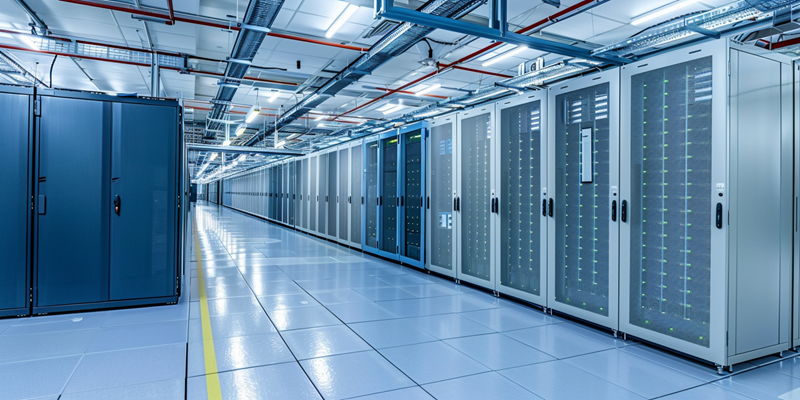Duke Energy, a significant player in the utility market, has recalibrated its billing methodology for one of the most energy-intensive industries today: data centers. With the growing digital economy comes an insatiable appetite for the power that these data repositories demand. To address this, Duke has introduced a new structure, including ‘minimum take’ clauses. These obligations compel data centers to pay for a stipulated minimum amount of energy regardless of actual consumption. Duke also suggests that data center operators may need to invest upfront in the construction of new power infrastructure. This move has sparked debate over its fairness, particularly as it coincides with increasing power grid limitations.
Assessing the Impact of Minimum Take Clauses
Data centers, by nature, are voracious energy consumers, often operating 24/7 to support the digital demands of businesses and individuals alike. Duke Energy’s application of ‘minimum take’ clauses effectively ensures that they are compensated for the provision of substantial and consistent power supplies, which could be interpreted as a reasonable business strategy. However, this stipulation has not been warmly received across the board. It fundamentally shifts the financial burden of unpredictability from the provider to the consumer. For data centers, this could mean higher operational costs, especially during periods of lower demand. Proponents argue that this system secures power availability, but critics highlight the potentially stifling effect on industry growth, leading to a hotly contested debate on the equilibrium between fairness and necessity.
Reconciling Infrastructure Costs and Power Demand
The insistence on data center operators contributing to infrastructure costs underscores a move towards a more collaborative approach to power provision. Traditionally, utilities like Duke Energy would bear the capital expenditures themselves, recuperating the costs over time through regular billing. By shifting some of the financial responsibility onto data center operators, Duke Energy argues that it’s in response to the extraordinary surge in electricity demand projected to double by 2030. This altered model could speed up infrastructure development, enabling rapid scaling for clients. Conversely, it’s viewed as an added financial strain on operators, especially new entrants, potentially inhibiting expansion. The vitality of the digital economy hinges on the availability and sustainability of energy resources, making these conversations about fair cost allocations pivotal for the future balance of supply and demand.
Strategic Collaborations to Ease Energy Strains
Duke Energy, a key player in the utilities sector, has revised its pricing strategy specifically for data centers, which are among the most power-hungry entities in today’s digital economy. As these data hubs consume massive amounts of electricity to function, Duke has rolled out a new billing structure, which notably introduces a ‘minimum take’ provision. This means data centers are now required to pay for a predetermined minimum level of energy, even if their actual usage falls below this threshold. Additionally, Duke suggests that these operators might need to invest in developing new power facilities upfront to sustain their operations. This policy change has generated discussion about its impact on fairness, especially given the current challenges around power grid capacity. Some stakeholders are concerned about the potential financial burden on data centers, questioning whether the strategy equitably shares the costs of energy supply and grid reliability.

